-
 bitcoin
bitcoin $109523.663807 USD
-0.13% -
 ethereum
ethereum $4019.526508 USD
2.06% -
 tether
tether $1.000482 USD
0.00% -
 xrp
xrp $2.776815 USD
0.18% -
 bnb
bnb $958.942396 USD
0.12% -
 solana
solana $204.294698 USD
3.84% -
 usd-coin
usd-coin $0.999693 USD
0.00% -
 dogecoin
dogecoin $0.232115 USD
2.09% -
 tron
tron $0.338028 USD
0.84% -
 cardano
cardano $0.790920 USD
1.50% -
 hyperliquid
hyperliquid $44.871443 USD
5.60% -
 ethena-usde
ethena-usde $1.000322 USD
0.04% -
 chainlink
chainlink $21.034165 USD
2.60% -
 avalanche
avalanche $28.794831 USD
-0.54% -
 stellar
stellar $0.360466 USD
1.24%
Is it better to stake directly or use a liquid staking service?
Liquid staking lets users earn rewards while keeping assets liquid, offering flexibility and DeFi integration, but introduces custodial and smart contract risks.
Jul 22, 2025 at 08:21 pm
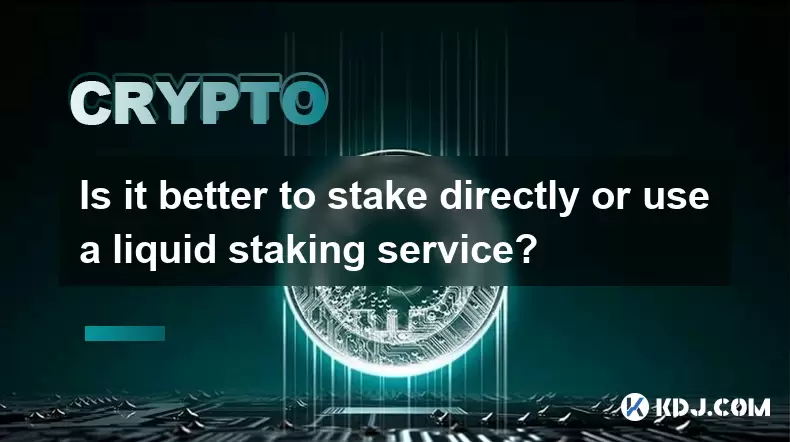
Understanding the Basics of Staking
Staking in the context of blockchain and cryptocurrency refers to the process of locking up digital assets to support the operations of a proof-of-stake (PoS) network. When users stake their coins, they help validate transactions and maintain the security of the network. In return, they earn staking rewards. Staking directly means that users delegate their coins to a validator or run their own node without using third-party services. This method typically offers full control over the assets and may yield higher returns. However, it comes with limitations such as liquidity constraints and technical barriers.
Exploring Liquid Staking Services
Liquid staking services provide an alternative by allowing users to stake their assets while still retaining liquidity. These platforms issue tokenized representations of the staked assets, often referred to as 'liquid tokens' or 'staked tokens.' For example, when you stake ETH on a liquid staking platform like Lido or Rocket Pool, you receive stETH or rETH, which can be used across decentralized finance (DeFi) protocols. This enables users to participate in staking while simultaneously engaging in other yield-generating activities. The appeal lies in the flexibility to move funds freely without waiting for unstaking periods.
Key Considerations: Control and Security
When comparing direct staking with liquid staking, control over private keys and asset custody becomes a crucial factor. Direct staking usually requires users to interact directly with the blockchain protocol, giving them full control over their assets. However, this also means they are solely responsible for securing their wallets and recovery phrases. In contrast, liquid staking services often require users to deposit assets into a custodial or semi-custodial system. While this simplifies the process, it introduces counterparty risk. Users must trust the service provider to manage staking operations securely and return their assets when needed.
Yield Potential and Reward Structures
The potential yield from staking varies depending on the method chosen. Direct staking generally provides transparent and predictable rewards based on the network's staking yield. Users can calculate expected returns using the annual percentage yield (APY) provided by the blockchain network. On the other hand, liquid staking services may offer slightly different returns due to service fees and the dynamics of tokenized assets. For instance, stETH from Lido accrues interest over time, but the exchange rate may fluctuate relative to ETH. Users should compare APYs between direct staking and liquid staking options, factoring in any platform-specific fees or slippage.
Flexibility and Use Cases in DeFi
One of the most significant advantages of liquid staking is the ability to utilize staked assets in DeFi applications. Tokenized staking derivatives like stETH or bLuna can be used as collateral on lending platforms, swapped on decentralized exchanges, or deposited into yield farms. This multi-use functionality enhances capital efficiency and allows users to maximize returns. In contrast, direct staking typically locks up assets for a period, limiting their usability until unstaked. While some networks have implemented features like partial unstaking or slashing insurance, the liquidity constraints remain a key drawback for many users.
Technical Requirements and User Experience
The technical complexity involved in staking is another important consideration. Direct staking often requires users to interact with command-line interfaces, maintain node infrastructure, or use specific wallet integrations. Running a validator node may also involve hardware investments and continuous monitoring. Liquid staking platforms, on the other hand, abstract much of this complexity by offering user-friendly interfaces and automated processes. Most platforms allow users to stake with just a few clicks, making it accessible to a broader audience. However, users should still perform due diligence to understand the underlying mechanisms and risks associated with each service.
Frequently Asked Questions (FAQ)
What are the risks associated with liquid staking?Liquid staking introduces risks such as smart contract vulnerabilities, custodial control, and potential depegging of tokenized assets. If the platform's smart contracts are exploited, users may lose their staked funds. Additionally, tokenized staking assets might trade at a discount or premium depending on market sentiment and liquidity.
Can I unstake directly from a liquid staking platform?Yes, most liquid staking platforms allow users to unstake their assets by redeeming the tokenized representation. However, the process may involve waiting periods or fees depending on the platform's design and the underlying blockchain's unstaking mechanics.
How do liquid staking derivatives affect DeFi protocols?Tokenized staking assets are increasingly integrated into DeFi protocols as collateral and liquidity pools. Their adoption enhances the composability of DeFi but also introduces systemic risks if the underlying staking assets face slashing or network issues.
Are there tax implications for using liquid staking services?Tax treatment of staking rewards and tokenized assets varies by jurisdiction. Users should consult with a tax professional to understand how staking income, capital gains, and token swaps are reported and taxed in their specific region.
Disclaimer:info@kdj.com
The information provided is not trading advice. kdj.com does not assume any responsibility for any investments made based on the information provided in this article. Cryptocurrencies are highly volatile and it is highly recommended that you invest with caution after thorough research!
If you believe that the content used on this website infringes your copyright, please contact us immediately (info@kdj.com) and we will delete it promptly.
- Whales, Trump Coin, and Crypto: A New York Minute on What's Hot (and What's Not)
- 2025-09-27 10:25:17
- SWIFT Tests On-Chain Messaging with Linea: A New Era for Global Finance?
- 2025-09-27 10:25:17
- Binance Coin, WLFI, Crypto Presales: Decoding 2025's Hottest Trends
- 2025-09-27 10:45:15
- MoonBull, Crypto, and Snek Cheems: Navigating the Meme Coin Mania in 2025
- 2025-09-27 10:30:02
- Dogecoin's Rocky Road: Resistance and Price Decline - What's Next?
- 2025-09-27 10:45:15
- Meme Coins: Will Dogecoin and Shiba Inu Ever See Another Boom?
- 2025-09-27 10:50:01
Related knowledge
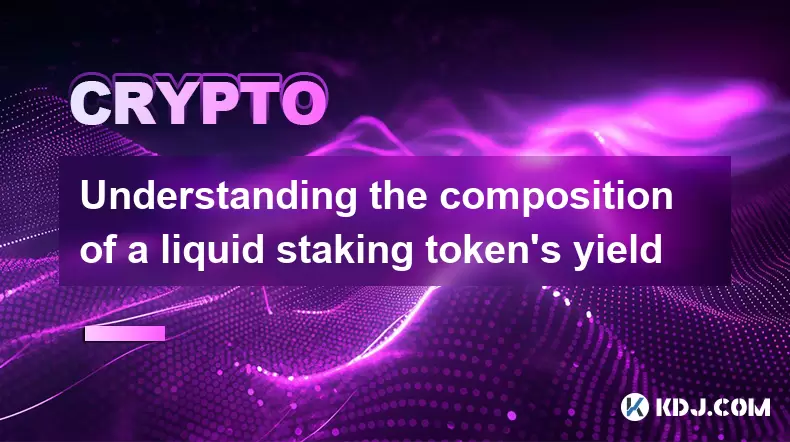
Understanding the composition of a liquid staking token's yield
Jul 20,2025 at 09:07am
What Is a Liquid Staking Token?A liquid staking token is a representative asset issued to users who stake their native cryptocurrency on a proof-of-st...

Is it better to stake directly or use a liquid staking service?
Jul 22,2025 at 08:21pm
Understanding the Basics of StakingStaking in the context of blockchain and cryptocurrency refers to the process of locking up digital assets to suppo...
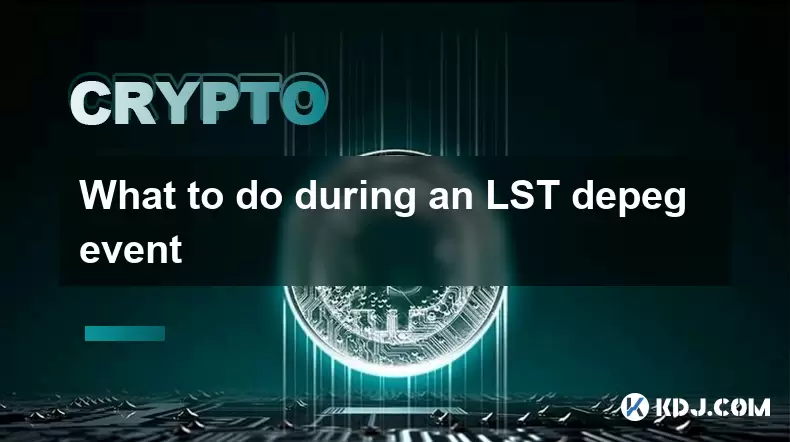
What to do during an LST depeg event
Jul 20,2025 at 04:57pm
Understanding LST Depeg EventsAn LST (Liquid Staking Token) depeg event occurs when the token, which is typically pegged to the value of the underlyin...
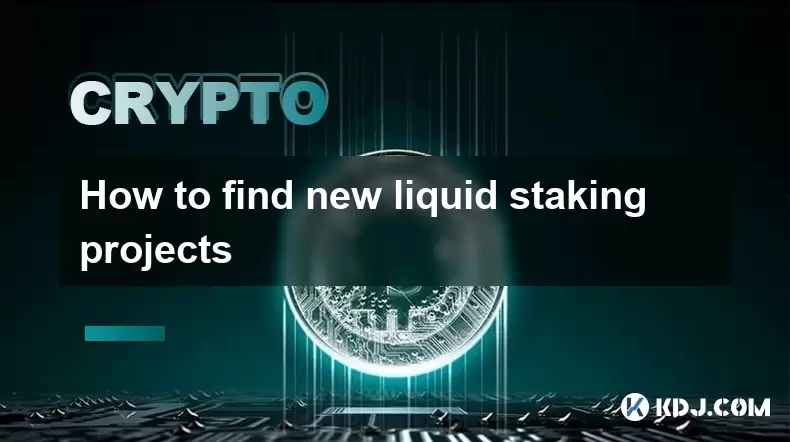
How to find new liquid staking projects
Jul 30,2025 at 01:14pm
Understanding Liquid Staking and Its ImportanceLiquid staking is a mechanism that allows users to stake their cryptocurrency assets while still mainta...
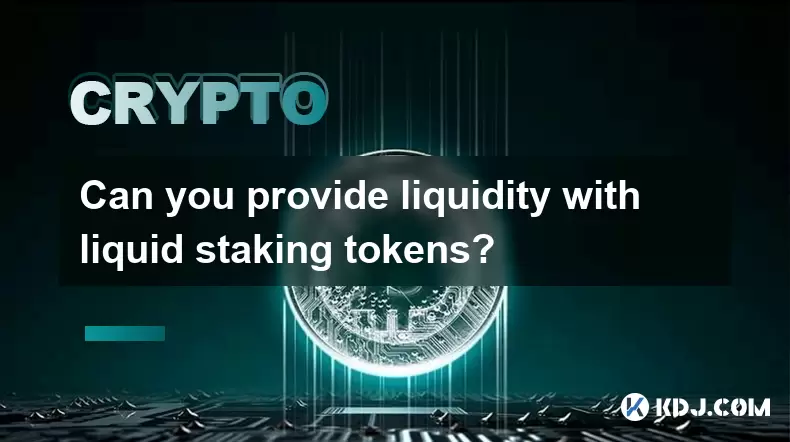
Can you provide liquidity with liquid staking tokens?
Jul 22,2025 at 10:22am
Understanding Liquid Staking TokensLiquid staking tokens (LSTs) are derivative tokens that represent staked assets on a proof-of-stake (PoS) blockchai...
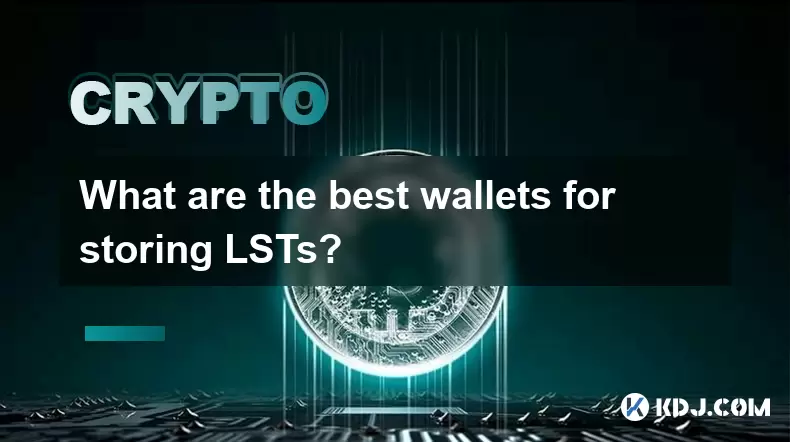
What are the best wallets for storing LSTs?
Jul 21,2025 at 03:14pm
Understanding LSTs and the Need for Secure StorageLSTs, or Liquid Staking Tokens, are derivative tokens representing staked assets on a blockchain. Wh...

Understanding the composition of a liquid staking token's yield
Jul 20,2025 at 09:07am
What Is a Liquid Staking Token?A liquid staking token is a representative asset issued to users who stake their native cryptocurrency on a proof-of-st...

Is it better to stake directly or use a liquid staking service?
Jul 22,2025 at 08:21pm
Understanding the Basics of StakingStaking in the context of blockchain and cryptocurrency refers to the process of locking up digital assets to suppo...

What to do during an LST depeg event
Jul 20,2025 at 04:57pm
Understanding LST Depeg EventsAn LST (Liquid Staking Token) depeg event occurs when the token, which is typically pegged to the value of the underlyin...

How to find new liquid staking projects
Jul 30,2025 at 01:14pm
Understanding Liquid Staking and Its ImportanceLiquid staking is a mechanism that allows users to stake their cryptocurrency assets while still mainta...

Can you provide liquidity with liquid staking tokens?
Jul 22,2025 at 10:22am
Understanding Liquid Staking TokensLiquid staking tokens (LSTs) are derivative tokens that represent staked assets on a proof-of-stake (PoS) blockchai...

What are the best wallets for storing LSTs?
Jul 21,2025 at 03:14pm
Understanding LSTs and the Need for Secure StorageLSTs, or Liquid Staking Tokens, are derivative tokens representing staked assets on a blockchain. Wh...
See all articles










































































